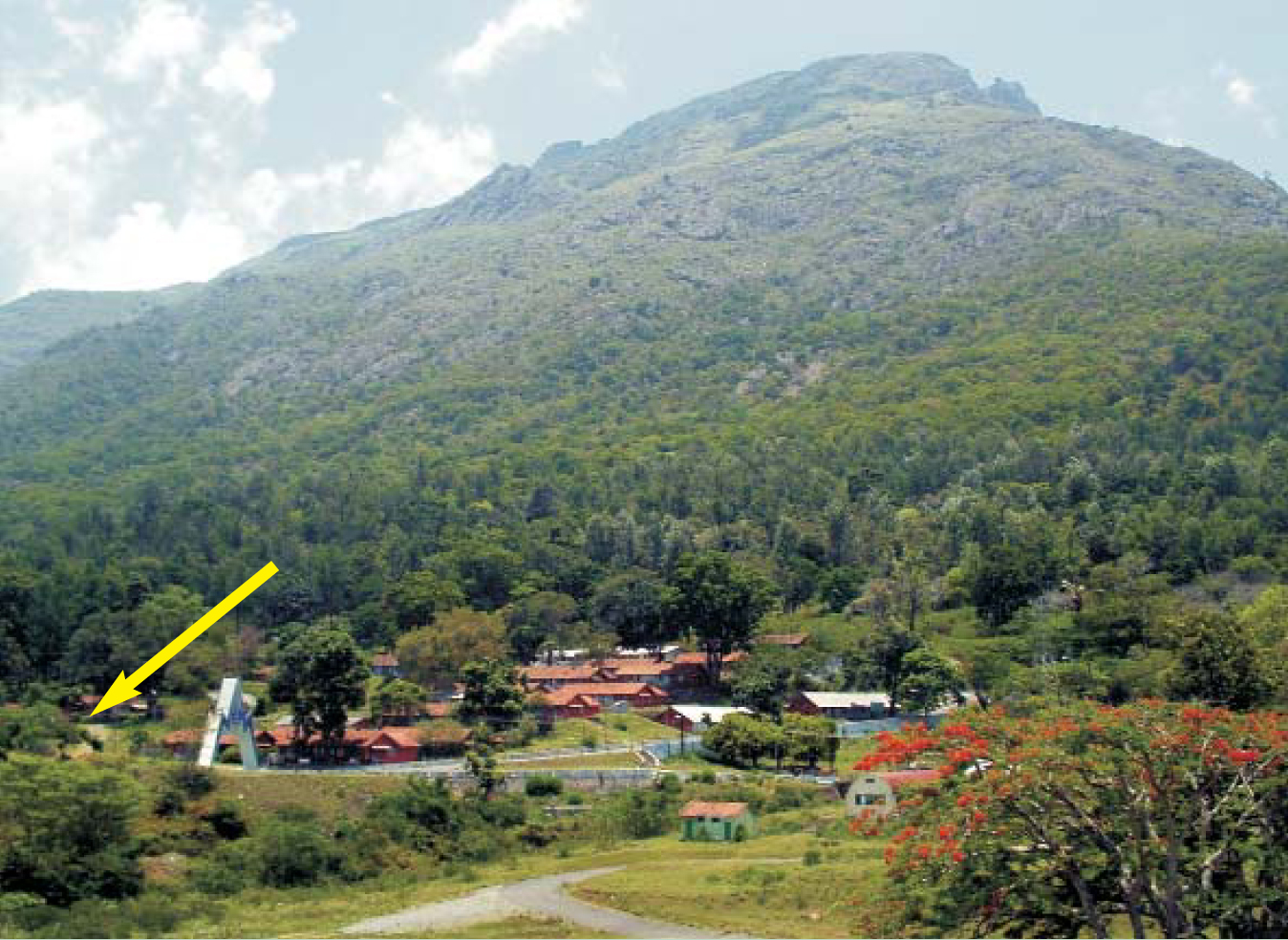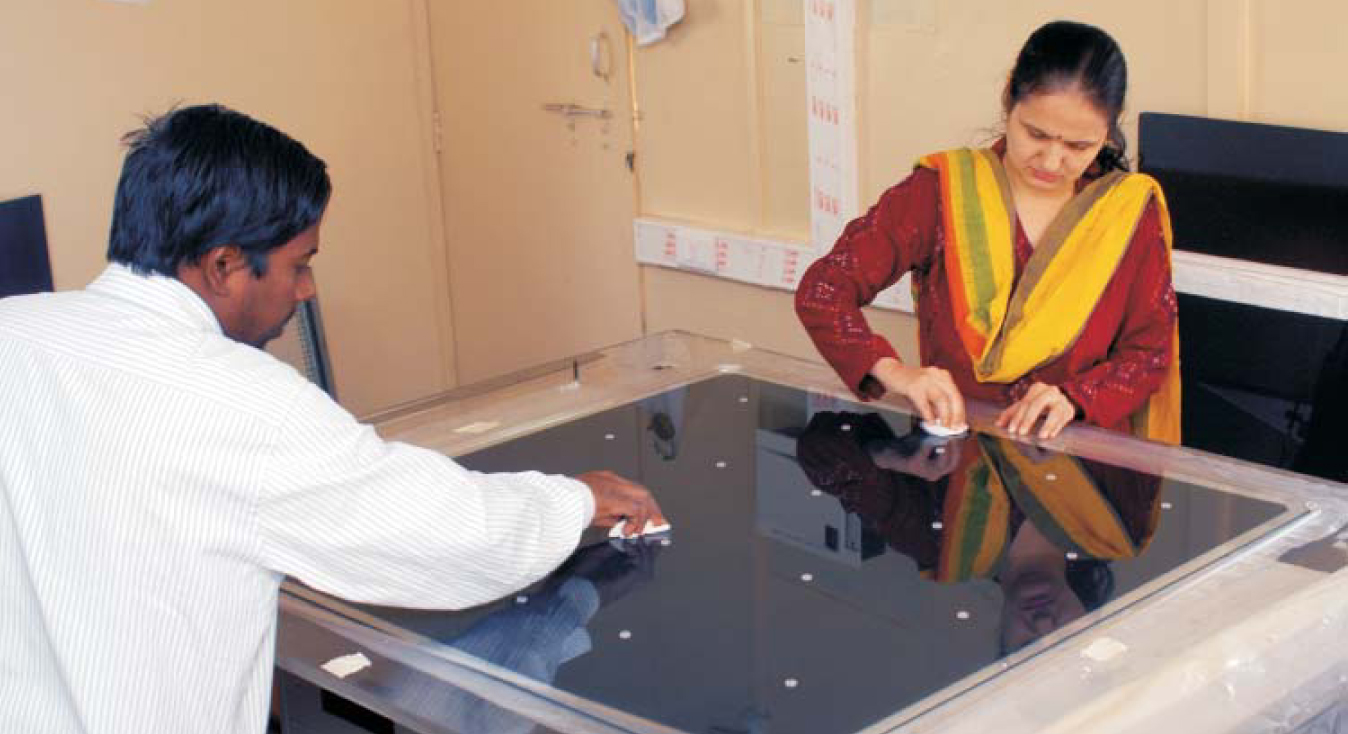India revives neutrino research
DOI: 10.1063/1.3001860
An underground lab planned for India aims to, among other things, nail the neutrino mass hierarchy and increase the number of high-energy experimenters in the country.
The India-based Neutrino Observatory—so named because the 20 physicists at seven Indian institutions who spearheaded INO hope it will eventually become an international project—has in the past year received initial approval and promises of funding from the Indian government. Final approval is expected in the next few months, says project spokesman Naba Mondal of the Tata Institute of Fundamental Research in Mumbai. The project now has some 100 individual members from 25 institutes, with the University of Hawaii the only one outside of India so far. “It is the first time such a large collaboration from various institutions in India have come together to build an experiment that will be located and function in the country,” Mondal says. It’s also the largest and, at $220 million—including 10 years of operations—costliest basic scientific project ever undertaken in India.
The observatory would be dug into the Nilgiri mountains in the state of Tamil Nadu. The site is near a hydroelectric power plant, so roads and other infrastructure already exist. Some 1300 meters of granite would shield the experiments from cosmic rays.
Local environmentalists have opposed the INO site because of a nearby wildlife sanctuary. The observatory would be outside of the protected region, although during the construction phase trucks would drive through it. The project expects to get the green light for the site soon, Mondal says, and INO scientists are talking with ecologists about cooperating on such things as watch towers to monitor elephant movement and vehicle traffic. “Our plan is to develop INO as a model institution combining its scientific goals with preservation of the environment and ecology,” he says.
No technological showstoppers
“From time zero, it takes approximately five years to build the tunnel and cavern,” says Mondal. The first of three 16-kiloton modules for an iron calorimeter detector (ICAL) will be ready around the same time, he adds, and the full detector will be completed about two years later.
The detector will consist of alternating horizontal layers of iron and resistive plate chambers. Incident neutrinos that interact with the iron will produce muons (in the case of muon neutrinos), which will be detected by the RPCs. (Although ICAL—like other experiments—will also detect electron and tau neutrinos, their signatures are messier.) An applied magnetic field will send resultant negatively charged muons and positively charged antimuons (from antineutrinos) along trajectories with opposite curvature. “Because of this ability to distinguish the positively and negatively charged muons,” says Mondal, “this detector can in principle determine the ordering of neutrino masses”—one of the fundamental open questions in neutrino physics.
To start with, INO will be used to look for atmospheric neutrinos. “This will work out of the box,” says the University of Hawaii’s John Learned, who served as an international reviewer of INO. “I don’t think there are any technological stoppers, it’s just a matter of doing it.”
“They will push the parameter space in a number of directions,” adds Fermilab’s Alan Bross. “It’s a massive detector, and the spectrum they can see is different than with a Cherenkov detector, so it’s complementary to Super-Kamiokande [in Japan].” Specifically, in addition to being able to tell apart neutrinos and antineutrinos, INO will be sensitive to higher-energy neutrinos than is Super-Kamiokande.
In a second phase, says Mondal, “we want to use ICAL as a far detector for high-intensity neutrino beams created in some other part of the world.” Adds Bross, “INO is just about the right distance from CERN [on the French–Swiss border] and Rutherford lab [in the UK] to serve as a long-baseline detector. At 7500 km the effect due to matter would cancel out, so it gets rid of some ambiguities and allows you to be sensitive to other parameters of the neutrino matrix.” But to serve as the long-baseline detector from a neutrino factory, Mondal notes, “We need the involvement of the neutrino community globally for such future steps.” Another experiment under discussion for INO is a double beta-decay detector.
Brain gain
In addition to its experiments, the INO team is trying to build a pool of young scientists to take advantage of the facility. In August the team launched a new graduate program that focuses on neutrino physics. “We have five students this year who are taking courses in the Tata Institute,” Mondal says. “We wanted 10. They’ll get more courses in particle physics and experimental techniques than other [physics] students.” Notes Learned, “India has turned out lots of great theorists. Their experimenters have gone to CERN, Fermilab, et cetera. We have drained their brains pretty heavily.” The graduate program will move to its own center in Mysore once INO goes on line.
Alluding to the 1960s discovery of atmospheric neutrinos in southern India’s Kolar Gold Fields—around the same time as an experiment in South Africa spotted them—Learned adds, “I’m very enthusiastic about Indian cosmic-ray experts getting back on the map.”

The India-based Neutrino Observatory is set to be dug into this mountain in Tamil Nadu (the arrow indicates the entrance).
NABA MONDAL


Technicians prepare resistive plate chambers for a prototype magnetized iron calorimeter detector.
M.V.N. MURTHY

More about the Authors
Toni Feder. American Center for Physics, One Physics Ellipse, College Park, Maryland 20740-3842, US . tfeder@aip.org
